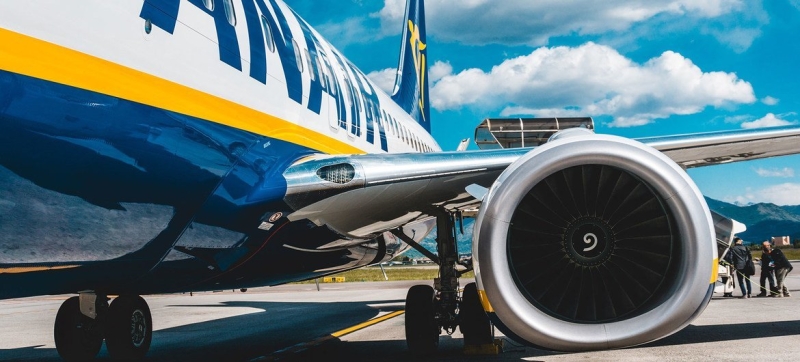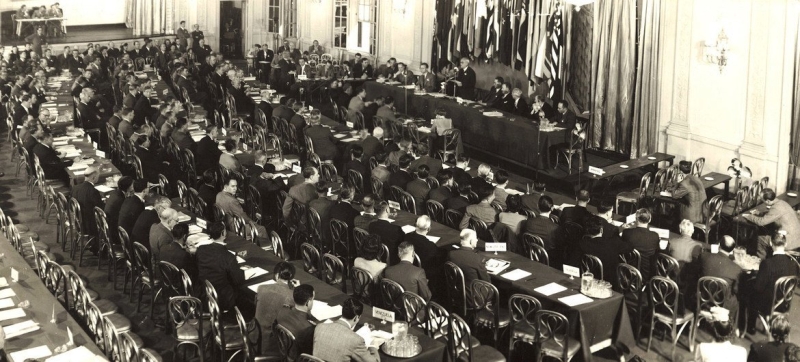
Civil aviation is a key sector of the global economy, which contributes to the development of trade, tourism, business and scientific research. International Civil Aviation Day: Wings of Progress Economic Development
Saturday, December 7, marked the 80th anniversary of the signing of the Convention on International Civil Aviation. For eight decades, this fundamental international agreement served as the basis for the development of the global civil aviation system.
The idea of establishing an International Day arose against the backdrop of the growing importance of civil aviation in the world. In 1944, at the invitation of the United States of America, delegates from 54 countries gathered in the Grand Ballroom of the Stevens Hotel in Chicago. At this meeting, its participants concluded and signed the Convention on International Civil Aviation, better known as the Chicago Convention. This is a defining international agreement that allows the global civil aviation system to develop peacefully – for the benefit of all peoples and countries of the world.
Then, in 1944, the International Civil Aviation Organization (ICAO) was created, which has since been developing safety standards and regulating civil aviation activities at the global level.

Meeting of delegates in Chicago in 1944.
“A shining example of multilateralism in action”
“Over the decades, ICAO has grown significantly: from the 54 countries that met in Chicago in 1944 to the 193 States that are its members today,” says the UN Secretary-General’s message marking the organization’s anniversary. “Today, ICAO is a shining example of multilateralism in action.”
In 1996, the UN General Assembly officially proclaimed 7 December as International Civil Aviation Day. This day serves as a reminder of the importance of this mode of transport for economic development, technology and global communications. In addition, it highlights the role of aviation in ensuring the safety and convenience of transportation, as well as in maintaining international relations, including in the context of globalization.
On 6 June 1946, the participants in the first Provisional Assembly of ICAO chose Montreal as the permanent headquarters of the organization. Delegates recognized Montreal as a strategic centre with enormous economic, scientific, technical and aviation potential.
The Importance of Civil Aviation for the World
Civil aviation is more than just transportation. It is a key sector of the global economy, contributing to the development of trade, tourism, business and scientific research. Every day, millions of people and goods move from one continent to another, thereby exchanging knowledge, cultures and technologies. Aviation helps to remove barriers between countries, making the world more open and interconnected.

Technological Progress and Innovation
Civil aviation actively contributes to scientific progress. Modern aircraft are equipped with advanced technologies that over time find application in other areas of life. Many safety systems used in aviation are later adapted for use in other areas of transport.
Over the past decades, civil aviation has undergone significant changes: new types of aircraft have appeared – safer, more environmentally friendly and more economical. Modern airliners are equipped with engines that reduce emissions and fuel consumption. Developing technologies to minimize the impact on the environment is becoming a priority for airlines and aircraft manufacturers.
“The history of the aviation sector is a story of resilience and flexibility,” António Guterres noted in his message. – Today, aviation faces one of the most difficult challenges – overcoming the climate crisis. Aviation accounts for about two percent of global carbon dioxide emissions, and decarbonizing this industry remains one of the most difficult tasks. However, with innovation and investment, we can do it.”
One of the most striking examples of innovation in civil aviation is the emergence of electric and hybrid aircraft, which can significantly reduce the carbon footprint of aviation in the future. Developments in artificial intelligence, automatic piloting systems and new approaches to air traffic control will lead to improved safety and efficiency of flights.
